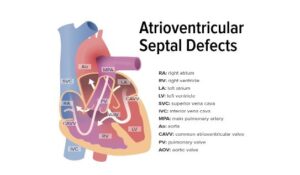Table of Contents
Introduction
Barostim is a medical device that uses electrical stimulation to treat systolic heart failure. It is implanted under the collarbone and sends electrical pulses to the baroreceptors, which are pressure sensors located in the carotid artery. This helps to improve the body’s natural ability to regulate blood pressure and heart rate.
Barostim is a safe and effective treatment for systolic heart failure, but it can also have some complications. These complications are rare, but it is important to be aware of them before you have the procedure.
Common Complications
- Infection
- Nerve damage
- Pain
- Tingling or numbness
- Low blood pressure
These complications are usually mild and can be treated with medication or surgery. However, in rare cases, they can be serious or even life-threatening.
Rare Complications

- Stroke
- Heart attack
- Death
These complications are very rare, but they are important to be aware of. If you experience any of these symptoms after having Barostim, it is important to seek medical attention immediately.
If you are considering Barostim therapy, be sure to talk to your doctor about the risks and benefits. They can help you decide if this is the right treatment for you.
Conclusion
In conclusion, understanding the potential complications associated with Barostim therapy is crucial for both patients and healthcare providers. While the therapy can offer significant benefits for certain conditions, careful consideration of the possible complications and their management is essential to ensure the best outcomes and patient safety.



